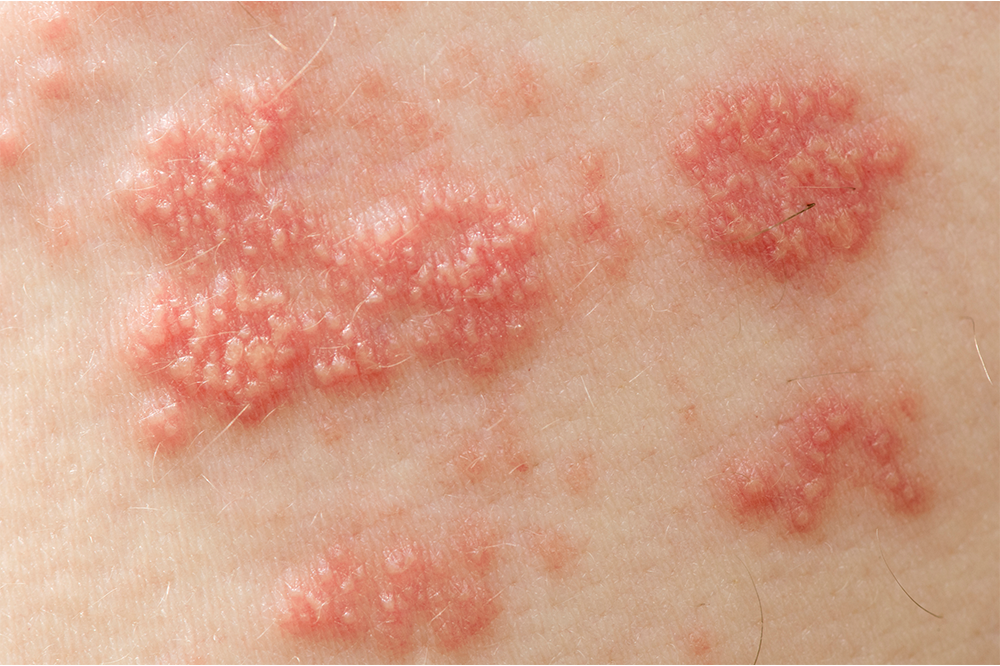Shingles
What is it?
Shingles infection is caused by the varicella-zoster virus which also causes chickenpox. Anyone who has had chickenpox can develop shingles because after the initial chickenpox illness resolves the virus stays dormant in the body. If the virus is reactivated later in life, it results in shingles which is a painful, blistering rash along a nerve pathway.
What are the symptoms?
The initial symptoms of shingles include
Pain
A burning, tingling, or itching sensation
A stabbing sensation
Sensitivity to touch
Numbness in the affected area of the body
Fever and/or headache
Fatigue
The following symptoms may then develop
A rash that starts as painful red bumps that develop into fluid-filled blisters (contagious stage), which eventually have a crusty surface. The rash can last for 10 to 15 days
The rash usually affects one side of the body, and can be on the face, chest, back, abdomen, or pelvis
Sensitivity to light especially if the shingles is around an eye
Shingles can take several weeks to settle, and 1 in 10 people experience ongoing pain and the tingling of shingles can last for months or even years.
Transmission
People develop shingles when the virus, which causes chickenpox, becomes reactivated in the body. Immunocompromised individuals are more at risk of developing shingles, such as those undergoing chemotherapy, taking steroid medication, or experiencing stress.
Shingles is not contageous but if anyone who has not had chickenpox comes into contact with the fluid from the blisters they may develop chickenpox. This is especially a risk for pregnant women who have not had chickenpox.
Diagnosis
Early diagnosis is essential in order to prescribe antiviral medications that can help to reduce the length of infection and limit long term effects. The Doctor will diagnose shingles based on the rash, symptoms and medical history. If antiviral medication can be started within three days after the rash starts, it can help the blisters clear up faster and limit severe pain.
Blisters on the face or head, or near or in the eye can cause lasting eye damage and blindness, hearing loss, a brief paralysis of the face, or, very rarely, brain inflammation (encephalitis) can also occur from the virus.